OnePlus and Xiaomi fight to gain ground in flagship territory
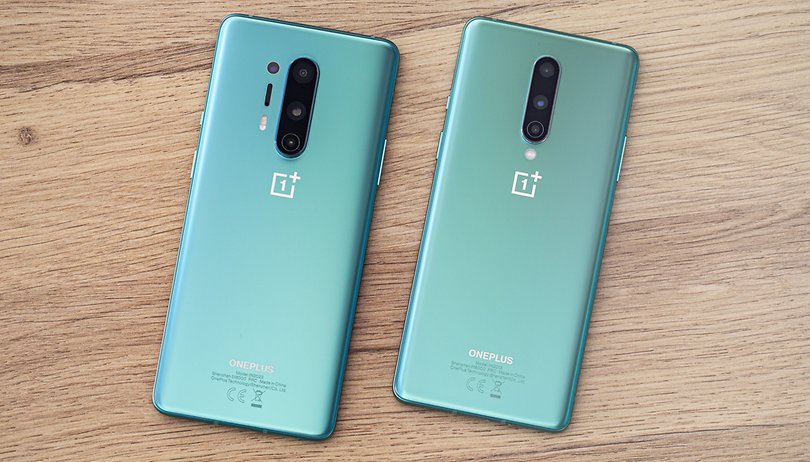

Between the OnePlus 8 and OnePlus 8 Pro, there can only be one when the dust settles. OnePlus continues with its strategy of releasing two models when it comes to a new flagship generation, which was what happened with its predecessors. The latest handsets from OnePlus arrive in the form of a basic model and a Pro model where the latter will incorporate all of the latest features in the new range with a heart-stopping price tag.
Those who have the financial capability to settle for the OnePlus 8 Pro will be able to benefit from the 120Hz refresh rate, Warp Charge 30T wireless recharging capability and a leap in the camera (or should I say, cameras?) department. The basic model misses out on the telephoto lens, carrying a macro sensor instead.
- Read: OnePlus 8 review
- Read: OnePlus 8 Pro review
This is not a new marketing strategy. OnePlus has long abandoned its reputation as a flagship killer through the offering of top-notch specifications with a price that falls under the upper mid-range point, bringing new meaning to its motto, "Never Settle". While there is very little to gripe about the hardware that OnePlus churns out, the consistently increasing sticker price with each successive generation is starting to be a concern although it does make sense considering the market's direction. In fact, I even touted the OnePlus 7T's value-for-money proposition after spending 100 days with it.
While I have not had the chance to bring the OnePlus 8 for a test drive, I do think that the huge price increase between the OnePlus 7 and OnePlus 8, there is a pretty good chance that consumer backlash might be very real in the long run as smartphone buyers look for value propositions elsewhere.
- Read also: OnePlus 7T Pro review
Premium handsets are expensive
While OnePlus might position the OnePlus 8 as an entry-level device, the €699 ($760) sticker price tag shatters that illusion. In fact, that is €200 ($218) more compared to the OnePlus 7 range, with the basic model being sold for €509 ($555) at the time. I wonder whether I am turning into an Apple fanboy who would go all out to defend an insanely high price tag for a smartphone that I most certainly love. While the handset is very well built with high-end specifications, it is still far too expensive for my tastes.
Obviously, a flagship device should come with a premium price tag, but when does it cross the line? Xiaomi, the purveyor of extremely affordable handsets that deliver plenty of bang for your hard-earned buck, has also bucked the trend with its Xiaomi Mi 10 Pro that will cost a whopping €1,000 ($1,088). OnePlus would like to retain its position in this segment of the smartphone market, but it might have placed itself in a precarious position by raising its prices this time around. While still more affordable than comparable flagship models from Apple and Samsung, doing so will certainly cause a segment of their fans to be disappointed.
Granted, this move by OnePlus will see them elevated to a more esteemed company as they intend to make their presence known worldwide. However, an increase of €200 ($218) for the base model? That certainly does not sit well with me and a large part of the OnePlus community.
This is especially so as I do not see the point of making an "upgrade" to the OnePlus 8 with a OnePlus 7T in my hand considering the jump in performance and features is nothing to shout about. It would be interesting to see whether OnePlus played their hand right this time around in terms of product hierarchy placement and pricing, which could come back to bite them.
- Read also: The 'flagship' smartphone is dead
Why on earth would you release two models if you're only going to sell one?
It is very clear that OnePlus does not release flagship killers anymore, but rather they churn out premium products that have just received an insane price increase. However, it does make one wonder: why release two models when only the OnePlus 8 Pro is worth purchasing? While the OnePlus 8 is not a pushover by any means, it could be seen as an overpriced iPhone SE.
The OnePlus 8 sports a 90Hz AMOLED display, a Snapdragon 865 chipset and a large battery capacity: features that are par for the course when it comes to a flagship device. However, the OnePlus 8 misses out on expected flagship features that can only be found in the OnePlus 8 Pro smartphone: including a 120Hz display, a telephoto lens...
Don't exaggerate, but all the new features we were expecting in this range are reserved for the Pro model. The 120 Hz for example, but also the telephoto lens, a quartet of camera sensors, and wireless charging capability that have long been clamored after by OnePlus fans for years.
While the OnePlus 7T is €200 ($218) cheaper that offers virtually a similar experience, what reason is there to release the OnePlus 8? Why not just roll out the OnePlus 8 Pro model or perhaps recalibrate its hardware portfolio? After all, there are whispers going around that a Lite model might be in the pipeline.
As I mentioned at the beginning of this post, between the OnePlus 8 and the OnePlus 8 Pro, there can, and should, be only one: the OnePlus 8 Pro. Should you feel hard up to fork out at least €899 ($978) for the OnePlus 8 Pro, it would be advisable to stick to your existing OnePlus 7T and skip "upgrading" to the OnePlus 8.






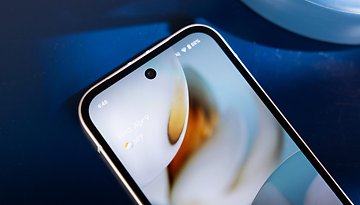

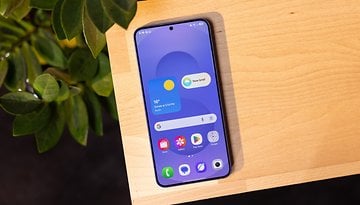
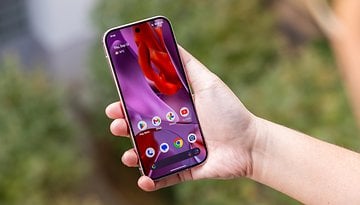
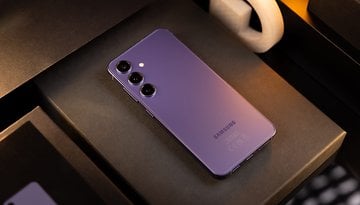






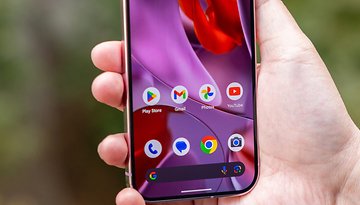


Maybe Xiaomi should raise their price to that of Samsung, Apple (and now) OnePlus.
Oneplus is better
It' s complicated to follow the Oneplus lineup: they release a new smartphone every six months, so (for example) it seems like the Oneplus 7 Pro was released two years ago. Regardless of the price, they should release just one flagship phone per year!
Flagships are like supercars. Sexy, aspirational tech demonstrators for people with more money than sense.
But people daily drive a Honda, Toyota, or a Hilux (equivalent to my Tacoma) for harder use life. And that's where the really interesting parts of the market are.